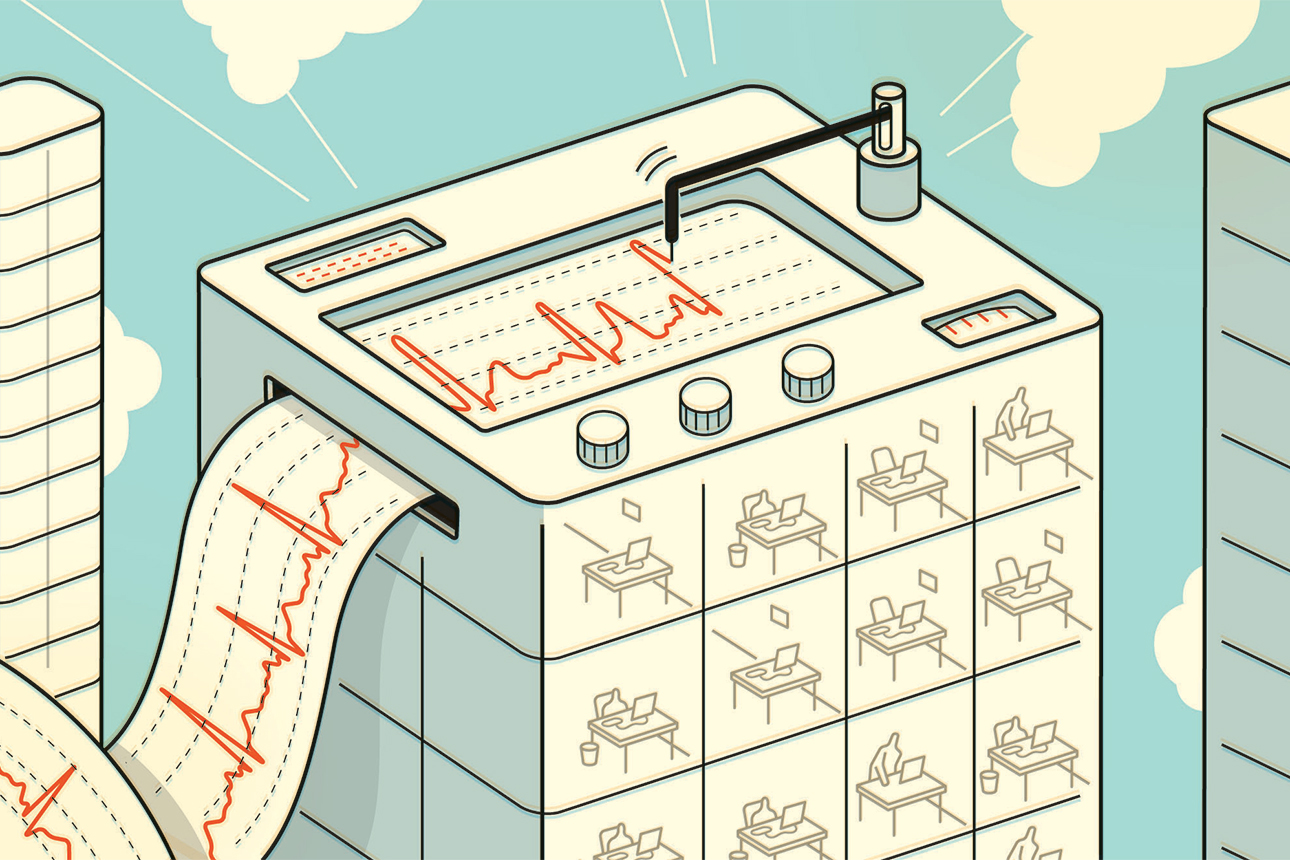Is Payment Friction Challenging Your Business Growth And Development?
Published byThe amount of digital payment transactions is increasing at an exponential rate and is predicted to reach US$5.6 trillion in Asia by 2025. Customer experience, directly processing rates, and operating excellence have all become primary concerns for companies that receive digital payments. Even though financial institutions, payment service providers, and organizations are developing digital payment methods, a large number of transactions keep failing.

What are the impacts of the problems?
A failed payment is rejected by a beneficiary bank or an intermediary bank in the payment flow for a variety of reasons, including erroneous or incomplete information, data inconsistency caused by human errors, or poor reference data and validation tools. According to foreign survey answers from 240 payment specialists from the banking, fintech, and corporate sectors, the total cost of failed payments in the Asia Pacific was US$43.7 billion. Banks of all sizes spent approximately US$360,000 on failed payments in 2020, which comprises all fees, labour, and costs associated with customer attrition, whereas the average corporate spent slightly over $200,000. However, the full costs of unpaid bills are unknown.
Negative consumer experiences, higher customer attrition rates, reputational harm, operational disruption and inefficiency, and hampered possibilities to grow into new markets are all repercussions of these costs. According to the findings of the survey, 60 % lost customers due to unsuccessful payments. The impact was significantly larger in companies with more than 20,000 failed payments per day, with 80 % of these organizations reporting client loss.

Failed payments have had the biggest impact on customer service, with 37% of businesses reporting a severe impact and nearly 50% reporting some impact. To a certain extent, the industry's general acceptance that a certain number of unsuccessful payments are just "the cost of doing business" is accurate. Although much less than half of the respondents stated that they were trying to reduce the number of failed payments, the survey discovered that a failed payment rate of 5% or more is the tipping point that motivates 80 % of the total organizations to act.
While account numbers (IBAN and non-IBAN) account for one-third of payment failures, this varies based on how payment data is validated and supplemented (such as lookup tool or API). Notwithstanding accessible technology, many payment details are still manually checked. The more manual the process, the higher the chance of error. According to the survey, manual processes are a reality for organizations, with nearly half of them finding it incredibly hard to reduce the manual processes.

How to reduce the rate of failure/problems?
Payment failure reduction remains a challenge for banks, financial institutions, fintech companies, and corporations all over the world. Nevertheless, there are ways to improve accuracy, beginning with thorough reference data for establishing, routing, and payment processing. Technology adoption enhances accuracy by reducing the opportunity for human mistakes, which can assist to reduce failed payment rates.
For example, API technology allows fintech companies to simply use industry best practice data validation services before clients submit payment information, improving the likelihood that payments will be processed without any difficulties.
Whereas most companies are aware that late payments have a cost, many more are aware of the financial and client retention consequences. Tangible costs, such as fees and labour, are easier to quantify, while indirect costs, such as client relationships, can be more difficult to repair. In an extremely competitive payments market, it is critical to streamlining the process as much as possible to reduce friction, save money on fees and labour, and provide an excellent customer experience. Reducing the payment rate of failure is a great place to begin.

Benefits of having a credit policy! What is that? How it works?







